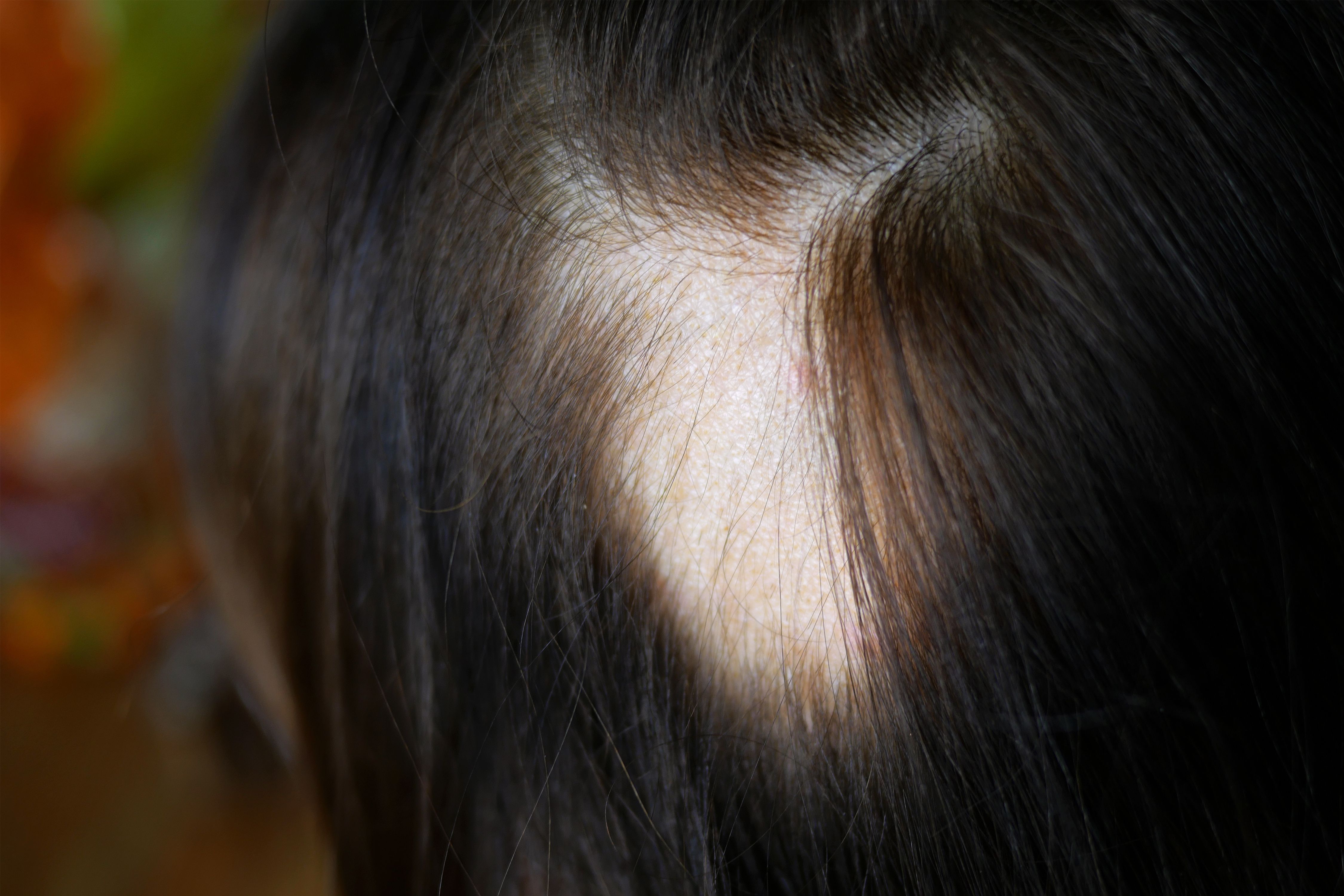- Acne
- Actinic Keratosis
- Aesthetics
- Alopecia
- Atopic Dermatitis
- Buy-and-Bill
- COVID-19
- Case-Based Roundtable
- Chronic Hand Eczema
- Chronic Spontaneous Urticaria
- Drug Watch
- Eczema
- General Dermatology
- Hidradenitis Suppurativa
- Melasma
- NP and PA
- Pediatric Dermatology
- Pigmentary Disorders
- Practice Management
- Precision Medicine and Biologics
- Prurigo Nodularis
- Psoriasis
- Psoriatic Arthritis
- Rare Disease
- Rosacea
- Skin Cancer
- Vitiligo
- Wound Care
Article
Methotrexate, Low-Dose Prednisone Efficacious in Alopecia Treatment
Author(s):
When combined with a low dosage of prednisone, methotrexate provided nearly complete or complete hair regrowth in up to 31.2% of patients with alopecia areata.
Methotrexate, a monotherapy treatment for alopecia areata,1 may be even more effective in hair regrowth therapy when coupled with a low dose of prednisone.
Dymtro Furman/AdobeStock

Researchers conducted a study2 to analyze the efficacy of methotrexate as a control versus when coupled with prednisone. They cited a lack of strong therapeutic results for patients with alopecia areata totalis (AT) and universalis (AU), which are among the most severe forms of the condition. Results were recently published by JAMA Dermatology.
From March 2014 to December 2016, researchers conducted a randomized, double-blind clinical trial spanning 8 dermatology departments at university hospitals. Study participants were adults with either AT or AU who had been affected by alopecia for longer than 6 months, regardless of prior treatment.
Upon randomization, participants (n=89) were either treated using 25 milligrams per week of methotrexate (n=45) or a placebo (n=45) for 6 months. After the 6-month mark, participants were analyzed by their Severity of Alopecia Tool (SALT) score and overall hair regrowth progress.
Researchers considered the treatments efficacious if participants had a SALT score of less than 10 by the trial’s conclusion.
Participants with greater than 25% hair regrowth continued their methotrexate treatment until month 12 of the trial. They continued their treatment as initially instructed.
Participants with less than 25% hair regrowth were again randomized, this time adding either a low dose of prednisone or a placebo. For the next 3 months of the trial, they were asked to use 20 milligrams per day. During the final 3 months, they decreased treatment application to 15 milligrams per day.
After the full 12-month duration of the trial, a team of 4 experts assessed participant photos on the SALT scale. Only 1 participant who had strictly received methotrexate had a SALT score below the desired result. None of the participants who had received a placebo treatment met such criteria.
However, 7 participants who had received methotrexate for 6 or 12 months and then had prednisone added as part of their treatment (20%) had a less than 10 SALT score. A total of 5 participants who were receiving methotrexate for 12 months and had prednisone added in the latter 6 months of the trial (31.2%) had the desired SALT score result.
During the trial, none of the participants experienced severe adverse effects.
Researchers noted that responder participants also experienced a greater overall improvement in their quality of life.
Following the conclusion of the trial, researchers also conducted a data analysis from the period of October 2018 to June 2019.
“In this randomized clinical trial, while methotrexate alone mainly allowed partial HR in patients with chronic AT or AU, its combination with low-dose prednisone allowed complete HR in up to 31% of patients,” study authors wrote. “These results seem to be of the same order of magnitude as those recently reported with JAK inhibitors, with a much lower cost.”
References
- Phan K, Ramachandran V, Sebaratnam DF. Methotrexate for alopecia areata: A systematic review and meta-analysis. J Am Acad Dermatol. 2019;80(1):120-127.e2. doi:10.1016/j.jaad.2018.06.064
- Joly P, Lafon A, Houivet E, et al. Efficacy of methotrexate alone vs methotrexate plus low-dose prednisone in patients with alopecia areata totalis or universalis. JAMA Dermatology. 2023. doi:10.1001/jamadermatol.2022.6687
Newsletter
Like what you’re reading? Subscribe to Dermatology Times for weekly updates on therapies, innovations, and real-world practice tips.














